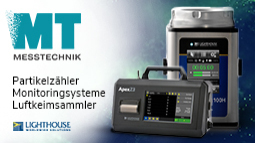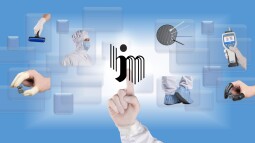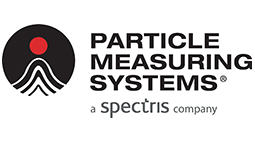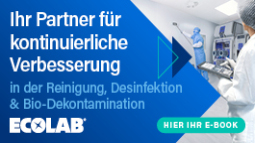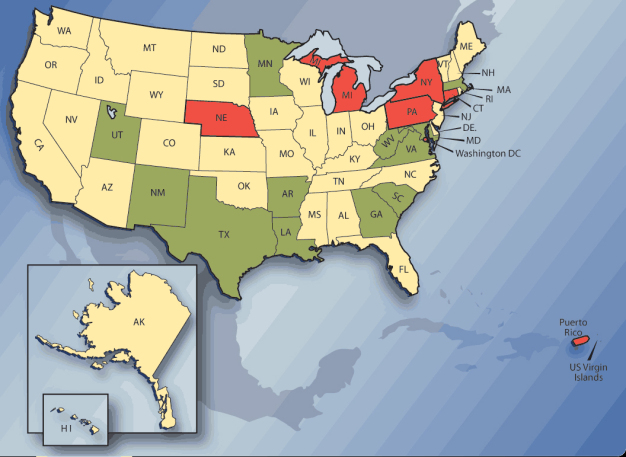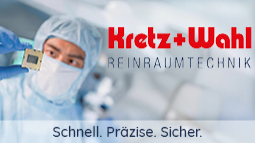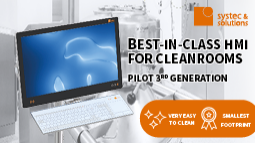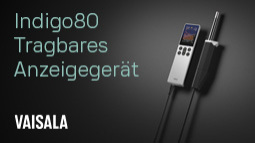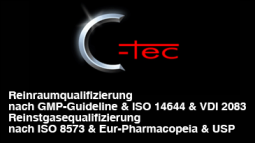Compounding sterile preparations: Onus or opportunity?
By Bruce Flickinger
Early in her career, Mary Monk-Tutor, PhD, spent many years as a home infusion pharmacist and for 12 years was a Joint Commission Home Care Surveyor. She remembers the time when home care patients were trained to mix total parenteral nutrition (TPN) formulations in their kitchens, and when nurses in hospitals compounded intravenous solutions on countertops. ?We did this in the industry for years without infectious complications,? she says. ?Obviously, these are not the safest or most appropriate environments, but it does show that it is possible to prepare at least low volumes of CSPs in uncontrolled environments without contamination.?
Things have changed in the past 20 years. Although avoiding contamination may be possible in such uncontrolled conditions, nobody now would admit to mixing intravenous and other sterile preparations on an open countertop. Doing so could cost a pharmacist his license and his livelihood, not to mention potentially compromise the safety of his patients and employees. Expectations for the handling and disbursement of compounded sterile preparations (CSPs)?loosely defined as manufacturer-supplied medicines (high-risk compounding can now involve non-manufacturer-supplied materials such as non-sterile bulk chemicals) that need to be mixed or modified by a pharmacist for patient use?have risen steadily among consumers, practitioners, and regulatory bodies. Standards for sterility and safety now have been codified in USP Chapter <797>, a federally enforceable standard introduced in 2004 and published in revised and updated form just this month.
Monk-Tutor, who is now professor of pharmacy administration and director of assessment with the McWhorter School of Pharmacy at Samford University (Homewood, AL), is among industry observers who say USP <797> is a long time in coming but still has a long way to go in terms of even, effective implementation. The standard, formally titled ?USP General Chapter <797> Pharmaceutical Compounding?Sterile Preparations,? details the way sterile and high-risk pharmaceutical products should be compounded to optimally protect the safety and health of both patients and workers. It is incorporated to varying degrees in pharmacy accreditation programs and by individual state boards of pharmacy.
Like any federal mandate worth its salt, USP <797> initially prompted apprehension and procrastination in the pharmacy compounding industry, responses that have proved largely unwarranted and are for the most part dissipating. ?While USP requirements are likely to become more stringent over time, they should be achievable for those organizations that have already put basic guidelines in place for compounding sterile preparations,? Monk-Tutor says.
In the wake of earlier consternation about USP <797>, two realities have emerged. The first is that the standard makes a clear demarcation between those pharmacies that want to do sterile compounding and those that do not. It is simply and primarily a business decision, one that expands the reach of care provided to patients but that requires a significant investment in training and infrastructure. The second is that education and training in sterile compounding needs to improve for those who do fall under the purview of USP <797> to achieve and maintain compliance.
Figure 1. State boards of pharmacy?s current USP <797> compliance status (direct, indirect, or no reference). Colors indicate whether the state?s pharmacy laws are harmonized with USP <797> (direct, green); include regulations for sterile compounding and/or parenteral nutrition but do not directly cite USP <797> (indirect, yellow); or currently include no regulations referencing USP <797> or sterile compounding/parenteral nutrition (no reference, red). Adapted with permission from ClinicalIQ.
Compliance clearly entails more than simply adding sterile compounding to a pharmacy?s slate of services or for the pharmacy to continue to compound CSPs the way it did five or 10 years ago. ?Sterile compounding is a complex practice; it is not a simple matter to add sterile compounding to a hospital or community practice that dispenses manufactured products and compounds non-sterile dosage forms,? says Timothy McPherson, PhD, associate professor of pharmaceutical sciences in the School of Pharmacy at Southern Illinois University Edwardsville. ?Rather, complying with USP <797> becomes a full-time, resource-intense commitment.
?I?ve spent some time with one pharmacy in the Midwest that specialized in non-sterile compounding for both humans and animals,? McPherson offers as an example. ?A decision was made to add sterile product compounding, so they expanded their facility and added a state-of the-art cleanroom suite. They added a partner pharmacist to be in charge of the sterile compounding business, including all QC. I don?t see how a single pharmacist could reasonably handle the responsibility for both parts of this practice.?
Taking up the challenge
The independent community pharmacist is one of several players feeling the impact of USP <797>. Pharmacy compounding is a diverse practice that also encompasses hospital pharmacies, chain pharmacies, home health-care pharmacies, and specialty infusion companies, among others. Uptake of USP <797> varies among these establishments. Some of the best facilities in terms of compliance and overall quality practice are in community and specialty pharmacies ?because they can implement changes much faster than hospitals can, provided they have budgets to work with,? says Loyd Allen, Jr., PhD, editor-in-chief of the International Journal of Pharmaceutical Compounding and professor emeritus of the University of Oklahoma HSC College of Pharmacy (Oklahoma City, OK). ...
Clear choices
Facilities and equipment requirements, including deciding among barrier isolators, laminar airflow workbenches (LAFWs), and enclosed cleanrooms, were cause for much confusion when USP <797> was introduced. People said they were unclear about the chapter?s requirements regarding equipment, positive and negative air pressure, and the segregation of hazardous and non-hazardous drugs, among other things. And if they weren?t unclear, practitioners were concerned that the infrastructure upgrades were too expensive for the typical pharmacy. A popular position at the time was to ?wait and see??that is, to do nothing until the standard wended its way through the comment and revision process and became more widely applied by regulators. ?
Other stipulations
Both isolators and LAFWs are referred to generically as primary engineering controls, or PECs, in USP <797>. Both must provide ISO Class 5 levels of cleanliness, but equipment specifications are just one part of the chapter?s scope. The net outcome of the chapter is that all CSPs be prepared in a manner that ?maintains sterility and minimizes the introduction of particulate matter? and that final compounded products ?maintain their labeled strength within monograph limits for USP articles, or within 10 percent if not specified, until their BUDs [beyond use dates].? ?
Back to school ?
Although USP <797> devotes extensive attention to the provision, maintenance, and evaluation of air quality, it is clear the avoidance of direct contact between gloves and surfaces in ISO Class 5 areas is paramount. The chapter states unequivocally, ?Compounding personnel must be meticulously conscientious in precluding contact contamination of CSPs both within and outside ISO Class 5 areas.? ?
Learning by doing
Equipment and service suppliers are also an important educational resource. Many of them also work with biopharmaceutical manufacturers and can apply the knowledge and experience from this industry to their clients in sterile compounding. ?
